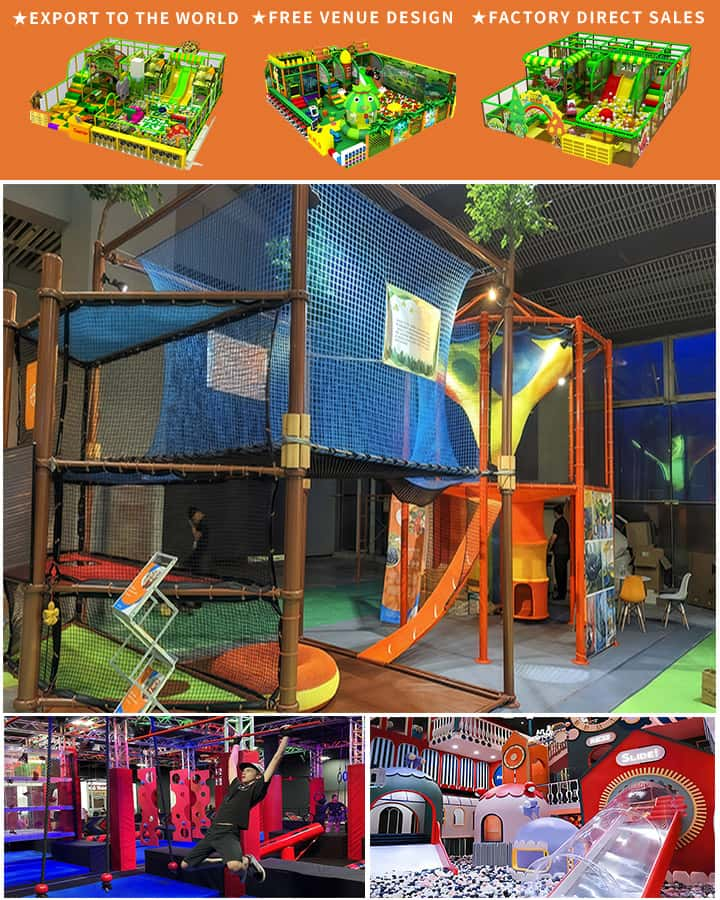Indoor playground equipment for preschoolers has become an essential component in early childhood education and development. As children grow, they require environments that stimulate their physical, cognitive, and social abilities. Indoor playgrounds offer a safe and engaging space where preschoolers can explore, learn, and develop crucial skills through play. This article delves into the various benefits of indoor playground equipment and highlights its significance in nurturing young minds.
Physical Development
One of the primary advantages of indoor playground equipment is its contribution to physical development. Preschoolers are at a stage where they need to enhance their motor skills, balance, coordination, and overall physical fitness. Climbing structures, slides, and obstacle courses encourage gross motor skills, while interactive elements like ball pits and sensory play areas promote fine motor skills. These activities not only strengthen muscles but also improve hand-eye coordination and spatial awareness.
Cognitive Growth
Indoor playgrounds are not just about physical activity; they also foster cognitive growth. Preschoolers engage in imaginative play, which is vital for brain development. Structures that mimic real-life scenarios—such as mini grocery stores, doctor’s offices, or construction zones—stimulate creativity and problem-solving skills. By navigating different pieces of equipment and figuring out how to use them, children enhance their critical thinking abilities and understand cause-and-effect relationships.

Social Interaction
Playing with others is a fundamental aspect of childhood development, and indoor playgrounds provide an ideal setting for social interaction. Shared experiences on the playground teach preschoolers how to cooperate, share, and take turns. They learn to communicate effectively and resolve conflicts, laying the foundation for strong social skills. Group activities on indoor playgrounds promote teamwork and empathy, helping children build meaningful relationships.
Safety and Controlled Environment
Safety is a paramount concern for parents and educators when it comes to preschoolers. Indoor playgrounds offer a controlled environment where potential hazards are minimized. Soft flooring materials, padded equipment, and secure barriers ensure that children can play without the risk of serious injury. Furthermore, indoor settings eliminate weather-related concerns, allowing year-round access to play opportunities regardless of external conditions.
Inclusive Play
Another significant advantage of indoor playground equipment is its ability to cater to diverse needs. Inclusive playgrounds are designed to accommodate children of all abilities, ensuring that every child has a chance to participate and enjoy. Features like wheelchair-accessible ramps, sensory-rich areas for children with autism, and adaptive equipment make playtime inclusive and equitable.
Parental Involvement
Indoor playgrounds often serve as a hub for parental involvement. Parents can watch their children interact, observe their development, and even join in on the fun. This active participation strengthens the parent-child bond and provides parents with insights into their child’s preferences and social interactions. Additionally, it allows parents to guide their children through new experiences and challenges.
Conclusion
In summary, indoor playground equipment for preschoolers plays a vital role in early childhood development. It supports physical fitness, cognitive growth, and social skills while providing a safe, controlled, and inclusive environment. As parents, educators, and caregivers, investing in quality indoor playgrounds is investing in the future of our youngest generation. By offering enriching play experiences, we pave the way for well-rounded development and lifelong learning for preschoolers.




